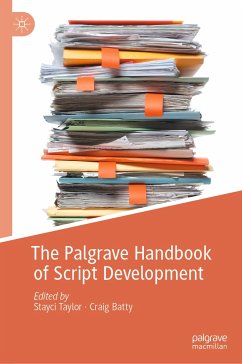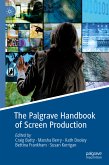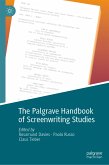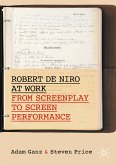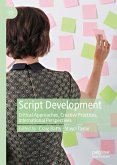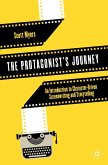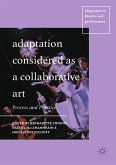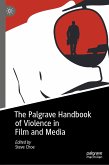"The Handbook of Script Development provides a creative and critical guide for those who study, teach and work on the development of stories for the screen. The larger, international perspective is highly valuable in today's media climate where screenwriters sell stories to streaming services with an eye on collecting viewers from all over the world. Such a cross-cultural product requires exposure to new ideas in how scripts are developed which is exactly the perspective I discovered in these pages."
--- Dr Rosanne Welch, Executive Director, Stephens College MFA in TV and Screenwriting
Stayci Taylor is a Lecturer in Media at RMIT University, Australia. She is an award-winning screenwriter and researcher, published widely on screenwriting, web series and creative writing.
Craig Batty is Dean of Research (Creative) at the University of South Australia. He is an award-winning educator and researcher in the field of screenwriting, and is also a writer, script editor and script consultant.
Dieser Download kann aus rechtlichen Gründen nur mit Rechnungsadresse in A, B, BG, CY, CZ, D, DK, EW, E, FIN, F, GR, HR, H, IRL, I, LT, L, LR, M, NL, PL, P, R, S, SLO, SK ausgeliefert werden.
Hinweis: Dieser Artikel kann nur an eine deutsche Lieferadresse ausgeliefert werden.
Es gelten unsere Allgemeinen Geschäftsbedingungen: www.buecher.de/agb
Impressum
www.buecher.de ist ein Internetauftritt der buecher.de internetstores GmbH
Geschäftsführung: Monica Sawhney | Roland Kölbl | Günter Hilger
Sitz der Gesellschaft: Batheyer Straße 115 - 117, 58099 Hagen
Postanschrift: Bürgermeister-Wegele-Str. 12, 86167 Augsburg
Amtsgericht Hagen HRB 13257
Steuernummer: 321/5800/1497
USt-IdNr: DE450055826
Bitte wählen Sie Ihr Anliegen aus.
Rechnungen
Retourenschein anfordern
Bestellstatus
Storno

